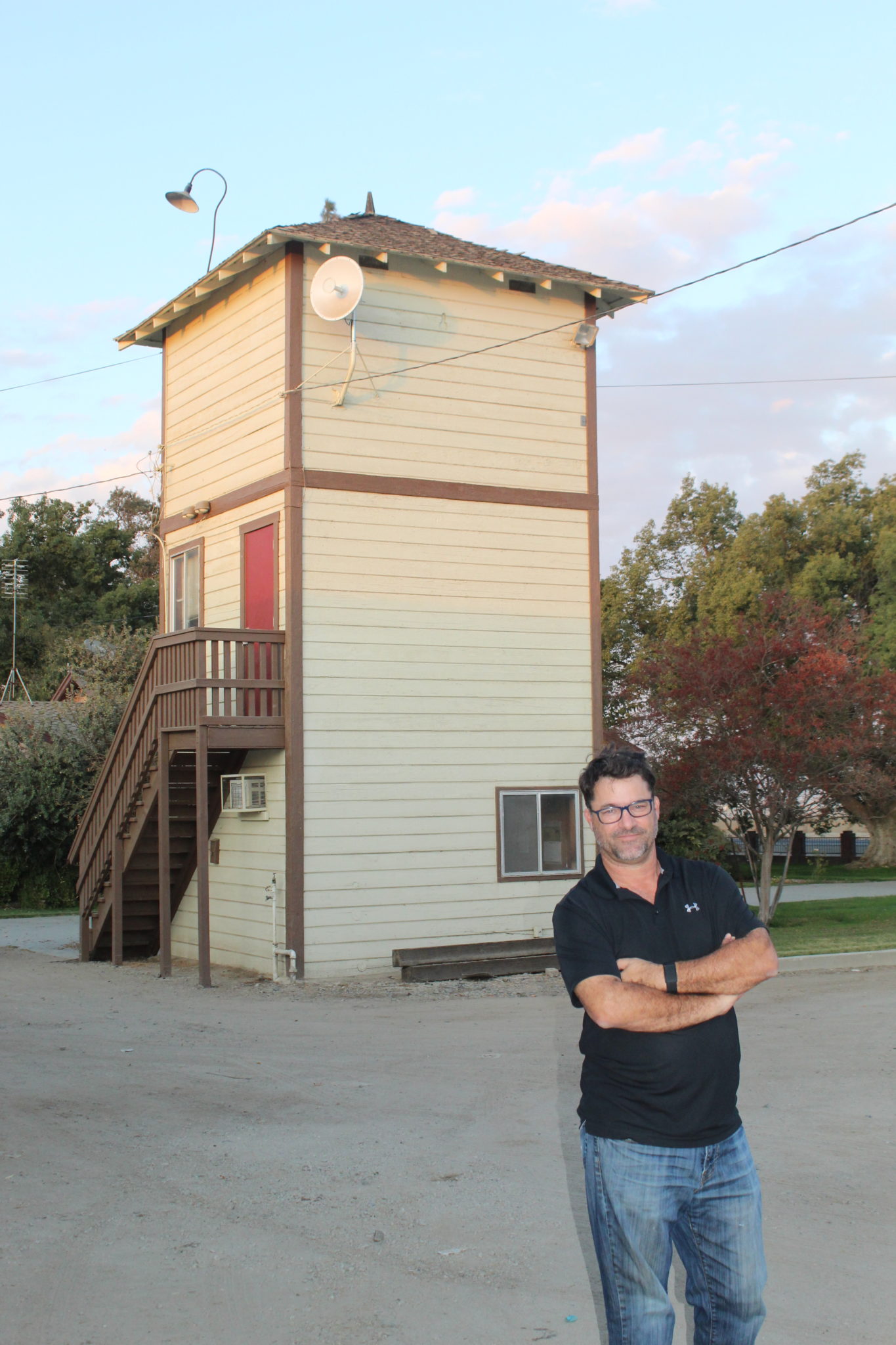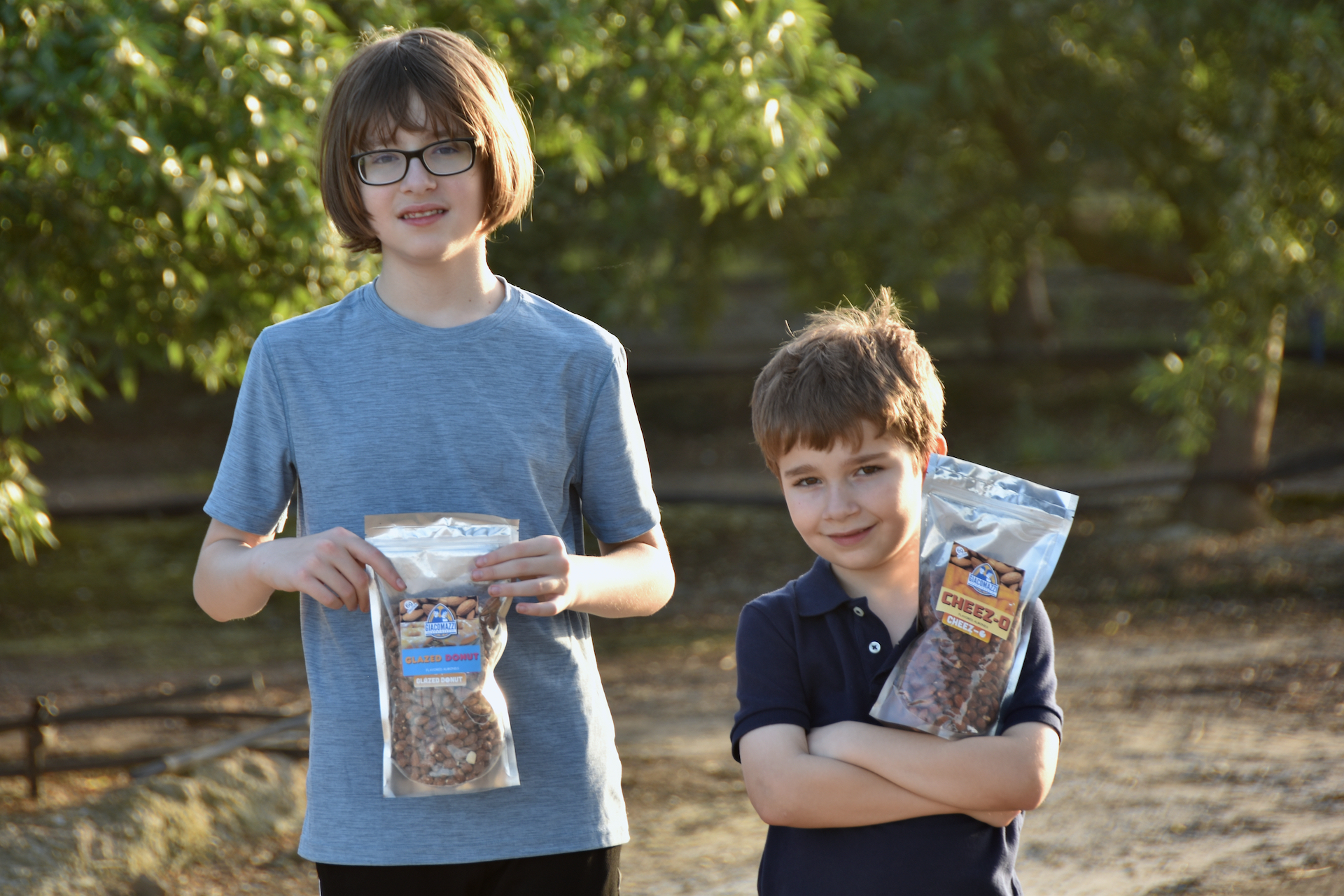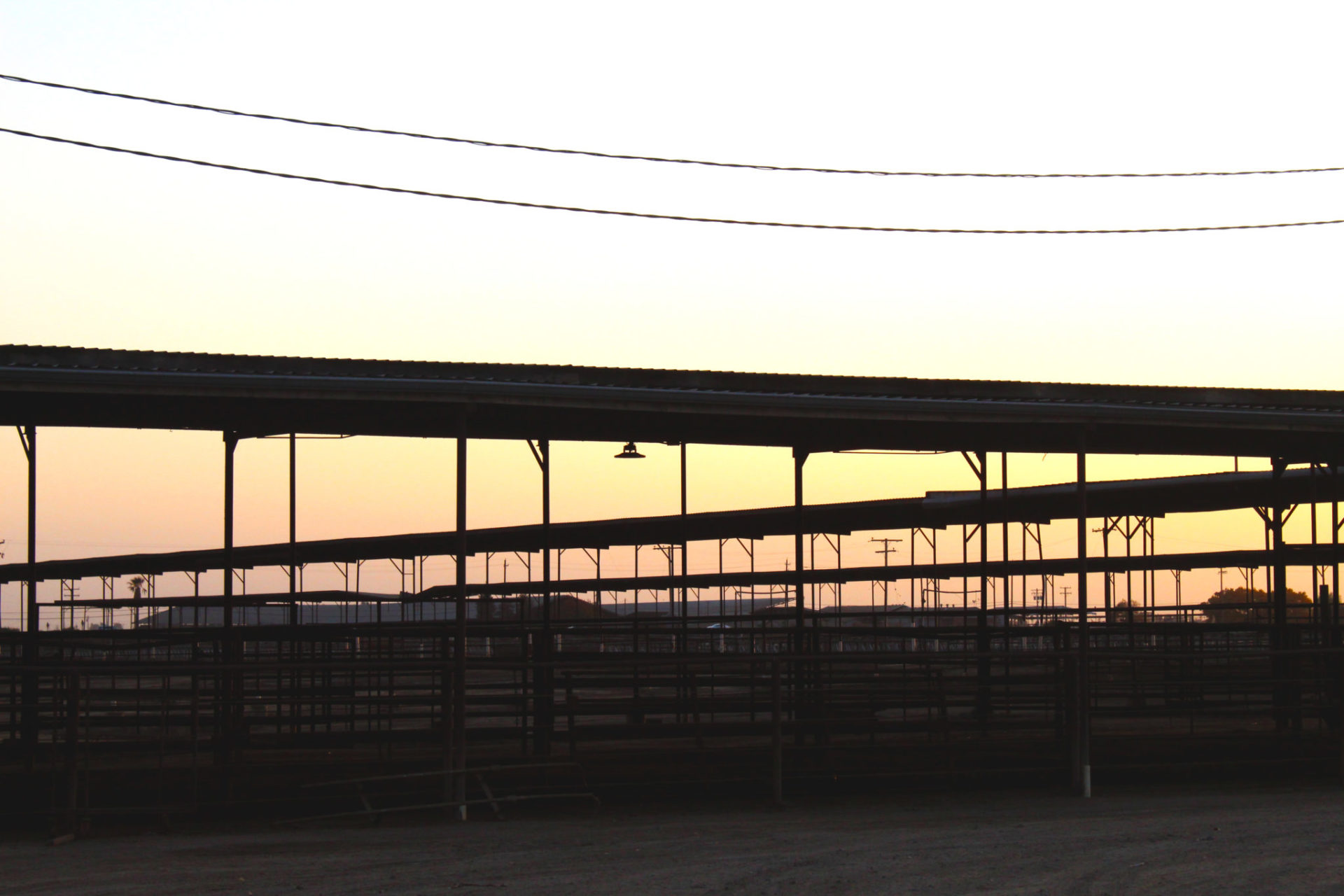It’s pretty rare to find a farm that is older than the county it is farmed in. What about being the oldest dairy in California, or the oldest dairy west of the Rockies? It might be even more rare to have only one family to have ever farmed the same soil. The Giacomazzi family can say they have done all of these. They are a family rich in history and agriculture heritage.
Luigi Giacomazzi came to Hanford in 1893 to do what he knew best, milk cows. On January 17, 1893 Luigi purchased property from the southern pacific railroad. At that time, it was nothing but dirt and tumbleweeds. The Giacomazzi family are the first and only ones who have farmed their soil. They literally built their family legacy from the bare soil and created a farm that has lasted generations.

In fact, the Giacomazzi land is older than the county of Kings. The original deed of their farm was in Tulare County. Kings County was created in June 1893, six months after the Giacomazzi family purchased the property. The Giacomazzi Dairy and the city of Hanford then became part of Kings County. For generations, the Giacomazzi family milked cows and operated a mid-size dairy in the heart of California’s dairy land.
Dino Giacomazzi is the fourth generation on their farm, managing F&D Giacomazzi Farms. He explained the turning point when he knew he needed to transition out of dairy and into something new.
“In 2011, the dairy industry changed. The dairy industry evolved from a local and regional market to a global market, and in 2011 it became apparent something needed to give. The industry was consolidating, and dairies were getting bigger.”
Giacomazzi said he had a tough decision: “Should we double down and go from 1,000 to 2,500 head of cows or do something else?” It was a decision they didn’t take lightly. They needed to consider all options and make the best decision for the family and the future of the farm.
He knew that after 126 years, things on the dairy needed to be updated. Would a complete overhaul of the dairy be worth it?
“Our buildings, our corrals, are all old style. They are very inefficient. We were spending a lot of money to keep the old dairy from crumbling apart. It would probably take $10 million just to update the milking parlor,” he said.
“The opportunity for a return on the investment was risky. Instead we decided to upgrade our land to permanent crops,” Giacomazzi continued. “I looked into almonds, pistachios, walnuts, grapes, I wanted to make sure I knew my options. After a lot of research, I decided that almonds would be the best fit for our ground and area.”

Between 2014 and 2015, Giacomazzi planted 400 acres of almonds on land that they previously grew to alfalfa for their cows. Instead of growing feed for their cows and selling some extra to neighbor dairies, he was planting trees. Over the course of the two years they would invest in planting almonds trees and figure out how to become almond farmers.
Planting almonds was a learning curve and a bit different from milking cows, but Giacomazzi was used to trying new things. After graduating high school in Hanford, he went away for college and didn’t return until 2003, when his father needed help with the dairy while battling cancer. He managed rock bands on tour for 10 years before working in San Francisco in the internet software industry for five years. Hanford drew him back home and 17 years later, he can’t see himself doing anything else.
During that decision-making process back in 2013, Giacomazzi decided once the trees were profitable, they would sell the cows and plant more trees. It was a decision they were ready to stick with.
In 2019, the Giacomazzi dairy auctioned off their 2,100 cows and heifers. People came from around the country came to buy their herd. The last cow was milked and left their property on Oct. 30. Now the stalls and corrals sit empty. After the sale of the cows, heifers and the dairy equipment the farm will make a slow transition. They are currently planting wheat on all the acres for the winter. In April they will harvest the wheat and prepare the soil for planting. Setting up irrigation systems will take most of the summer and the goal is to plant almond trees in the fall. In Fall 2020 Giacomazzi plans to plant 500 acres of almonds. The following year, the milking parlor and corrals will be torn down to make room for more trees.
When asked if it was a hard decision to finally sell the cows, he replied “One hundred and twenty-six years in one business is long enough. I don’t know too many other people who have done the same thing for 126 years. I think change is good, its positive. My job as the manager of this family business is to make sure it sees another 126 years. I am committed to my kids and their future, not the cows.”
They very easily could have kept the dairy going, because that is what the family has always done. The Giacomazzi family instead, decided to do what was best for the future and to keep the family involved in agriculture.
“I am making a commitment to the next 25 years of growing almonds and at that time my kids can make the decision of what to do next,” Giacomazzi said.











